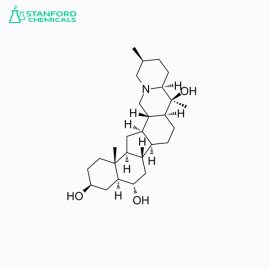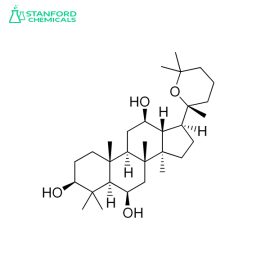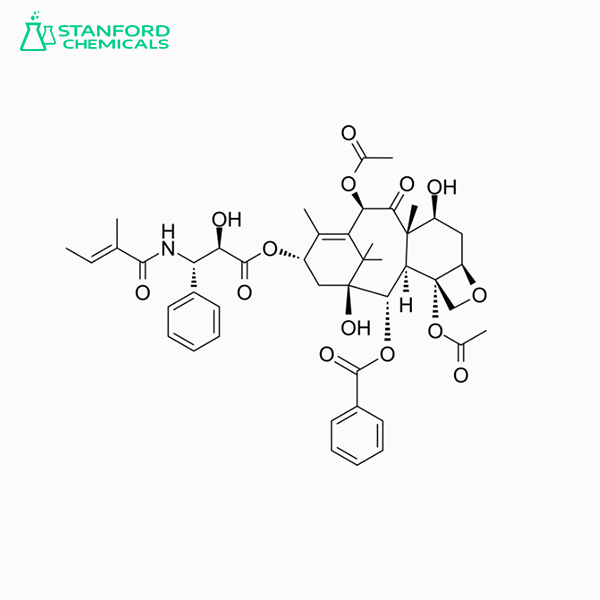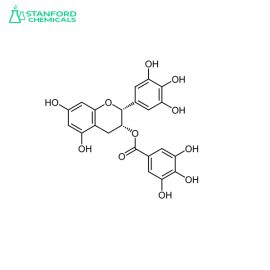Cephalomannine
Cephalomannine is a natural alkaloid from Taxus species, related to paclitaxel, with potent antitumor activity by promoting tubulin polymerization and inhibiting cell division, investigated for pharmaceutical applications in cancer treatment and research.
Overview:
Cephalomannine is a naturally occurring alkaloid closely related to the well-known anticancer compound paclitaxel (Taxol). It is isolated from the bark of the Pacific yew tree (Taxus brevifolia) and other Taxus species. Cephalomannine shares a similar mechanism of action with paclitaxel, promoting tubulin polymerization, which inhibits cell division and thereby exhibits potent antitumor activity. Its role in cancer chemotherapy highlights the ongoing exploration of natural products for developing novel oncological treatments.
Cephalomannine Key Features:
– Antitumor Activity: Inhibits the growth of cancer cells by stabilizing microtubules and preventing cell division.
– Natural Derivation: Isolated from yew trees, representing a valuable source of bioactive compounds for pharmaceutical development.
– Chemotherapy Potential: Serves as a basis for synthesizing analogs or derivatives with improved efficacy and reduced side effects in cancer treatment.
Cephalomannine Applications:
– Pharmaceutical Research: Investigated for its efficacy against various types of cancer and as a potential candidate for drug development.
– Cancer Treatment: Research and development efforts aim to utilize cephalomannine as an alternative or complement to existing chemotherapy agents.
– Biological Studies: Used in scientific studies to understand the mechanism of microtubule stabilization and its implications for cell cycle and apoptosis.
Cephalomannine Functions:
– Cell Division Inhibition: Acts on cancer cells by disrupting normal microtubule dynamics, leading to cell cycle arrest and apoptosis.
– Cancer Therapy: Potential use in the treatment of resistant cancer types or in combination therapies to enhance anticancer efficacy.
– Research Tool: A valuable compound for studying cell biology, particularly in the context of cancer research and microtubule-related processes.
Details

| Available Sizes | 30 capsules, 60 capsules, 120 capsules |
|---|---|
| Active Ingredient | High-quality, pure Peimine extract |

| Available Sizes | 30 capsules, 60 capsules, 90 capsules |
|---|---|
| Key Ingredient | High-quality, pure Panaxatriol extract |




Reviews
There are no reviews yet.